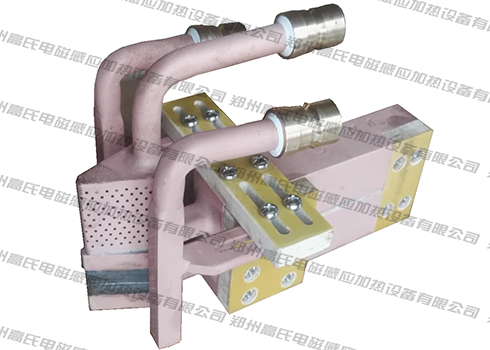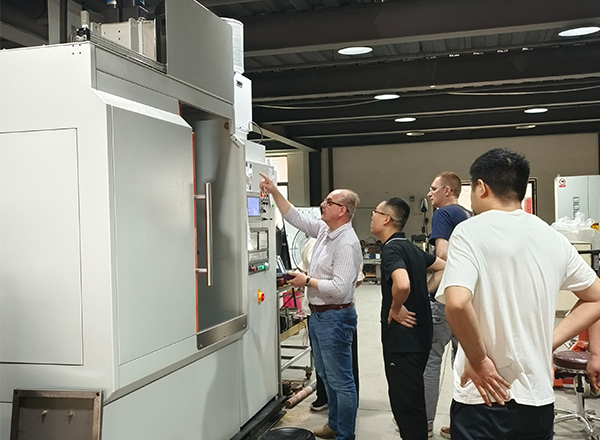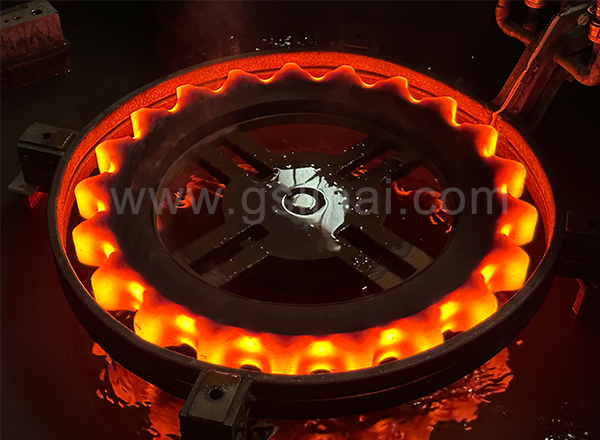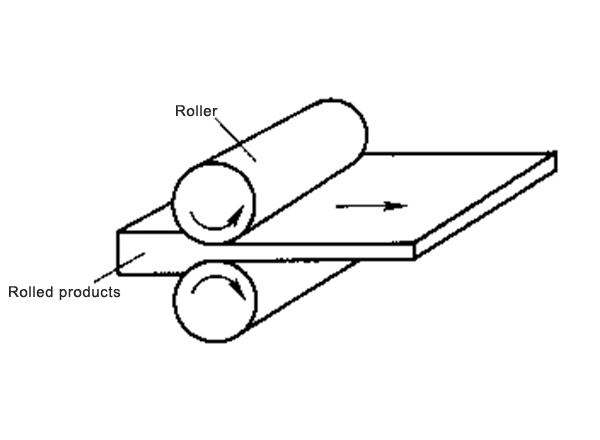
The fork is not only a part on the car, but also plays an important role in the operation of the machine tool. It is a part of the car gearbox, which is connected to the shift handle and located at the lower end of the handle. The middle shift wheel is moved to change the input/output speed ratio. If the shift fork on the machine tool is used for speed change, it is mainly used in the operating mechanism, that is, to separate the two engaged gears and then transfer one of the gears that can slide on the shaft to the other gear to obtain another gear. a speed. That is to change the position of the slipping gear of the lathe to realize the speed change. No matter where it is applied, it will bear huge friction during the working process, and we all need to quench it. Now, many fork manufacturers use intermediate frequency heating machines to quench and heat treat the forks.
When it comes to quenching, we all worry about the oxidation or decarburization of the workpiece during the quenching process, but now you don't have to worry about it. The quenching of the fork is carried out by an intermediate frequency heating machine. The heating speed is very fast, and the quenching of a fork can be completed in almost a few seconds. Such a fast speed effectively avoids the oxidation and decarburization of the workpiece. Moreover, the pullout fork quenched by the intermediate frequency heating machine has a thicker tough area under the surface hard layer, which has better compressive internal stress, which makes the fatigue resistance and breaking capacity of the workpiece higher, and also greatly improves the pullout. The service life of the fork meets the requirements of its working environment.
When the medium frequency heating machine quenches the fork, it not only has a fast heating speed, but also does not generate noise and dust during the working process, which greatly improves the working environment of the workers and protects the health of the workers , in line with the requirements of the national environmental protection policy.




 en
en  cn
cn  jp
jp  ko
ko  de
de  es
es  it
it  ru
ru  pt
pt  vi
vi  th
th  pl
pl 



















